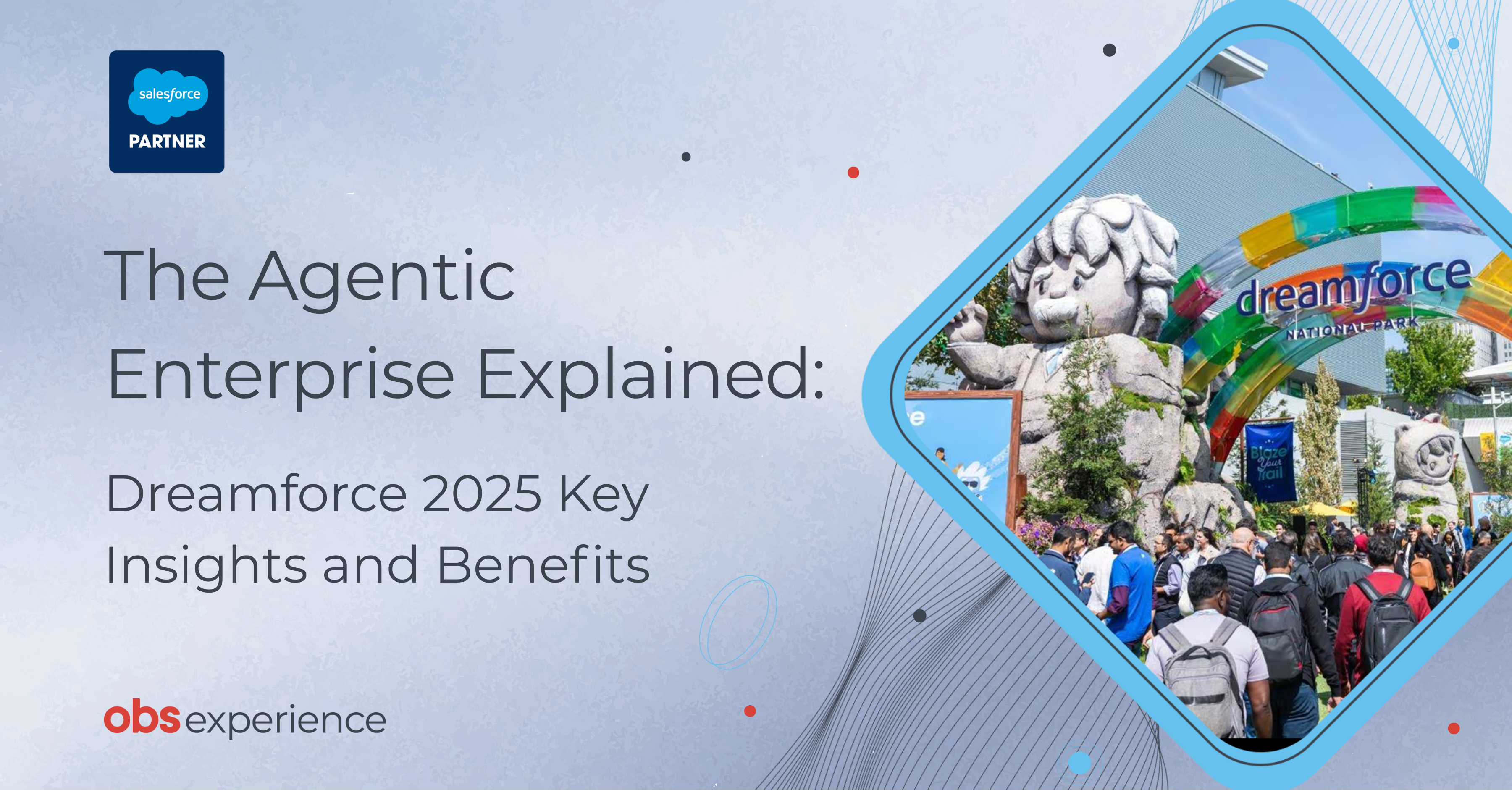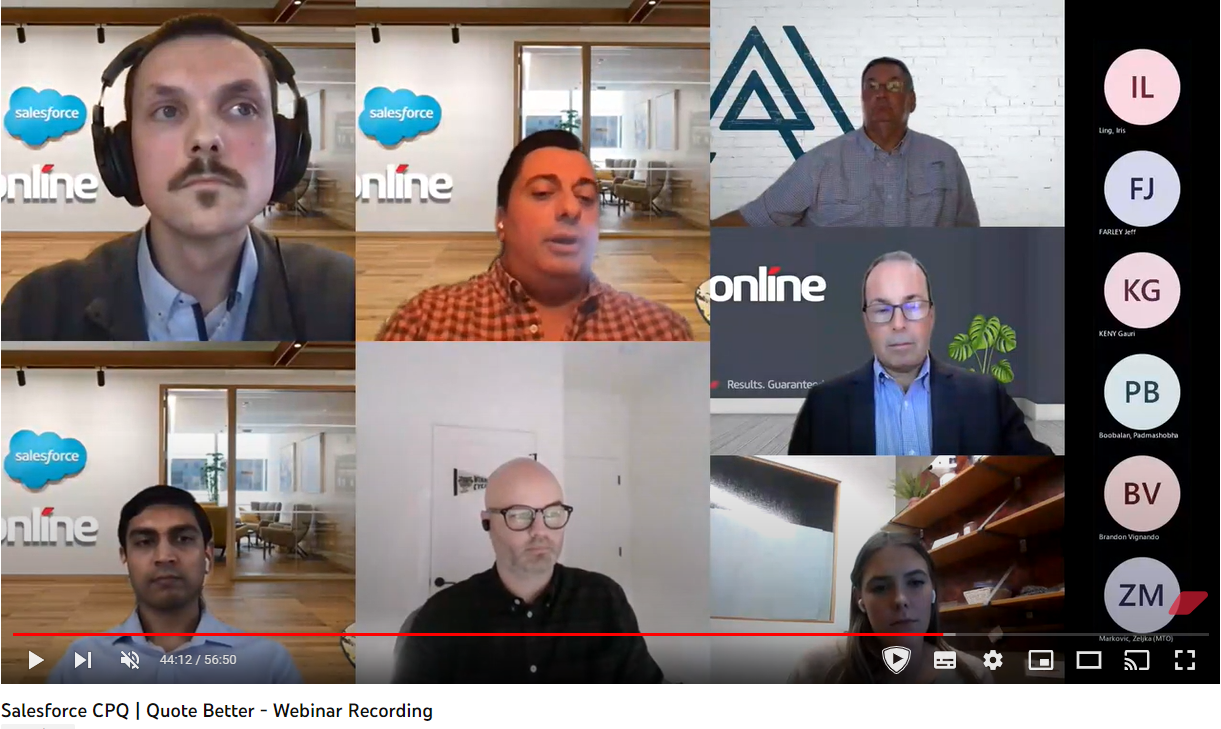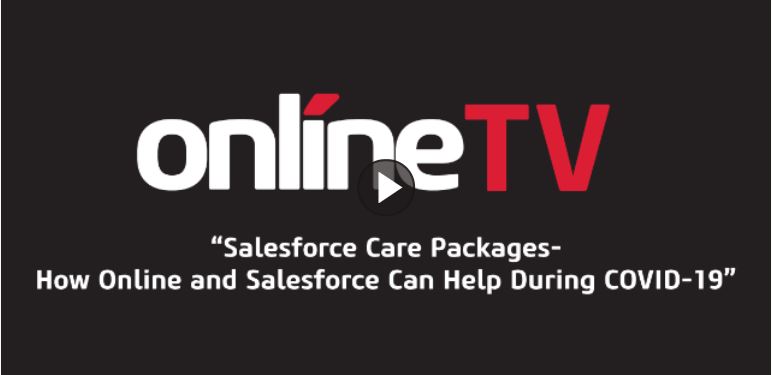There are a variety of reasons companies implement Salesforce. It could be to have a single source of truth, for easily managed reports, to utilize new AI features, or to take advantage of the countless system integrations. While I could suggest a lot of great reasons why I think you should implement Salesforce, I’m not writing to convince you to get Salesforce.
Instead, I want to help you approach any Salesforce project with clarity and intention. Whether you’re starting a brand-new Salesforce implementation or launching a new cloud or feature, having a clear focus is vital.
Of course, this is true for any project, but it is especially true for Salesforce projects because of the flexibility of the system.
What to Do When You Can Do (Almost) Anything with Salesforce
As a Salesforce Consultant, I am often asked “Can we do this in Salesforce?” and the answer is almost always yes. Salesforce is a robust system that accommodates a wide range of industries, and businesses large and small. It is made to be customized.
Instead of asking “Can we” it is the job of a good consultant to ask, “Should we”.
The answer to that question is always personal. It depends on factors like the specific project, the particular company, and even the maturity of the Salesforce environment.
Those who have worked with me know that I often provide a pros and cons list for each potential solution. When you can do almost anything, it is more important to decide if you should do something.
Ask Yourself, “Why?”
The first step in designing Salesforce with intention is clarifying your purpose. One simple but effective technique is the “5 Whys” method. By asking “Why?” five times, you can uncover the root cause of an issue and avoid surface-level fixes.
Example: Salesforce as a Single Source of Truth
The first step in designing your Salesforce with intention is to identify your purpose. To begin doing this, I recommend using the “5 Whys”. This is a technique, where you ask “Why?” five times to identify the root issue.
It’s a simple practice, but it allows you to move past the surface level to the real purpose of your Salesforce implementation.
While you may be interested in Salesforce to solve obvious issues, it is vital to find the underlying causes. If you don’t get to the heart of the problem, Salesforce may just be a bandage for bad habits and disjointed processes. No one wants that.
To illustrate how this could look in practice, let’s consider a company that is implementing Salesforce so that they have a single source of truth, and ask “Why” five times to dig deeper.
.png?width=500&height=500&name=The%20BA%20Advantage%20How%20Business%20Analysis%20Drives%20Salesforce%20Success%20(1).png)
- We are choosing to implement Salesforce so that all our data is stored in one place.
Why? - Our data needs to be in one place so that it is easier for users to access.
Why? - Our data needs to be easier to access because it is taking users too long to access the necessary data.
Why? - It is taking users too long to access necessary data because our data is currently stored in different systems with different user credentials.
Why? - Data is stored in different systems with different user credentials to maintain data security and ensure that only approved users have access to sensitive data.
Why? - We need to ensure only approved users have access to sensitive data to protect client privacy, comply with industry guidelines, and maintain trust.
This exercise shows that the primary purpose of the Salesforce implementation is security and trust. As a result, the implementation needs to take care to ensure that users have access to only the data they need to do their job. This is true of all Salesforce implementations but may be particularly relevant for companies in financial services or healthcare.
Data security is easy to manage in Salesforce with permission sets, sharing rules, page layouts and more. With this customer, I would tailor each user’s access based on their role and take note of where sensitive data is being shown, like a contact’s personal identifiable information (PII), or customer’s billing information. By utilizing the “5 Whys”, we can build a comprehensive solution that begins the project with clear intention.
Learn more about our Salesforce Partnership.
Let Your Purpose Decide
After gaining clarity on the purpose of your project, you’re ready to get to work. Having a clear purpose for your Salesforce environment will help to answer whether you should go with a solution or not.
With each decision, you must ask which solution will better fit your purpose. This method will have the greatest impact on your results because it ensures alignment. When each team and each stage of planning use the same guiding principle for decision-making, each component works together.
For example, if you plan to implement Salesforce to provide measurable results and clear reporting, you may choose to configure a custom field as a picklist instead of a text field because a picklist field is easier to report on. However, if your primary goal is to provide a detailed, 360-view of your clients, a text field may provide the nuance you need.
Keeping your intention front of mind as your implement Salesforce means that all aspects of your system work towards a common goal.
Measure Success
One of the greatest benefits of clarifying your purpose at the beginning of a project is that it provides the best guide to measure success.
After going live there are a variety of metrics we track to determine success. We could look at user-adoption, revenue, qualified prospects, and customer support cases. None of these things are important on their own if they don’t align with the project’s stated purpose.
If we consider our previous examples, each of these implementations would measure success differently.
- The company whose goal is to maintain trust and data privacy would measure success based on whether their users have the data they need to do their job while ensuring sensitive data isn’t shown to anyone unnecessarily.
- The company seeking to provide measurable results would gauge success by the quality and detail of their reports, and how actionable that data is.
- The company that needs a 360-view of their clients would evaluate whether their Salesforce records provide detailed information with broader context, and if that information is quick and easy to find.
Each of these companies is unique, and a good Salesforce implementation takes that into consideration. By measuring success of the implementation based on your stated intention, you’ll know when you’re on the right track and when you need to make changes.
Conclusion:
At the end of the day, it doesn’t matter why you choose to implement Salesforce so long as you let that reason guide the implementation from start to finish. The focus should be on having a clear intention for the system, and ensuring every implementation decision aligns with that intention.
If you need help refining your project’s purpose or determining how it applies to each delivery stage, reach out to us for help. The perspective of a third party can provide the objective view needed to set clear intentions and stick to them.
Let’s keep the conversation going.
FAQs About Salesforce
What is Salesforce mainly used for?
Salesforce is a customer relationship management (CRM) platform designed to help organizations manage customer data, streamline processes, and improve engagement.How long does a Salesforce implementation take?
The timeline depends on the scope. A simple rollout may take a few weeks, while larger, customized implementations can take several months.Which industries benefit most from Salesforce?
Healthcare, financial services, retail, technology, and many others. Salesforce’s flexibility makes it relevant across industries.
How do you measure Salesforce ROI?
ROI can be measured through improved reporting accuracy, increased sales, faster service resolution, higher adoption rates, and reduced manual work.






Submit a Comment